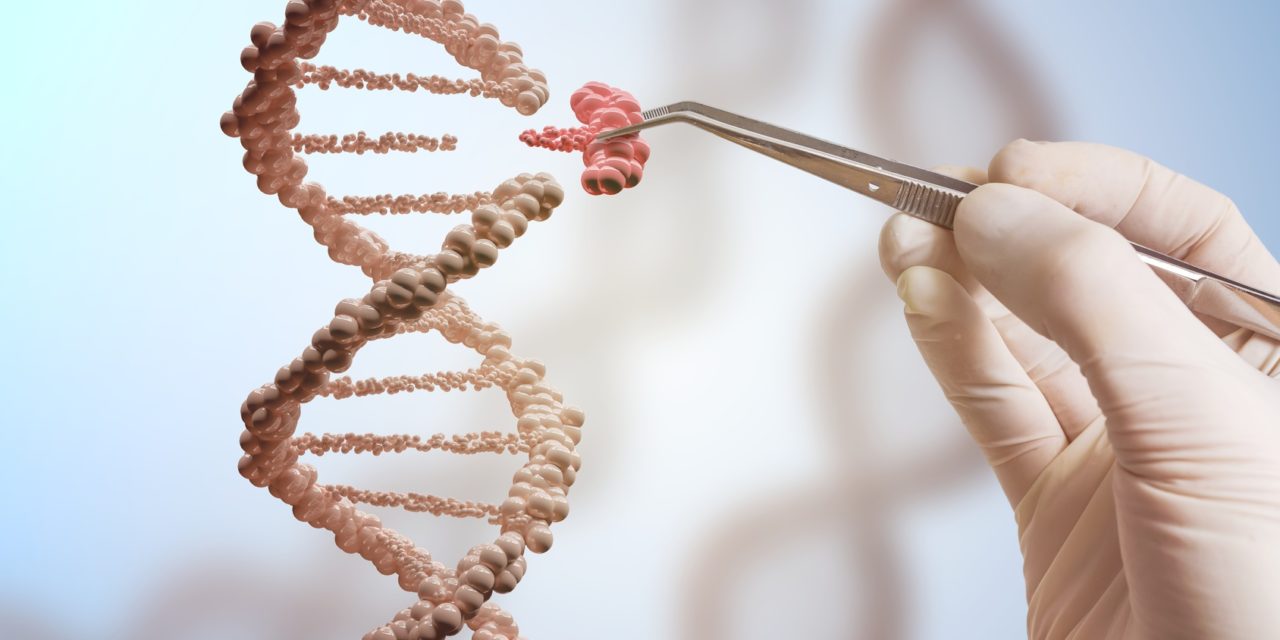Gene therapy is changing how we fundamentally deal with disease treatment for inheritable diseases and many others. It’s enabling cures once thought impossible, although the companies leading the way are facing regulation and payment pathways that will have to change.
In short, gene therapy involves the modification, replacement, inactivation or introduction of gene’s into a patient’s body with the goal of durably treating, preventing or curing disease.
It leverages our genetic information to help treat us. That’s the high level.
Gene therapy comes in two forms — Somatic, in which doctors transfer a section of a patient’s DNA to any cell of the body that doesn’t produce sperm or eggs so that the effects of the therapy will not be passed onto the patient’s children; and Germline, in which a section of DNA to cells that do produce eggs or sperm it order to ensure that the effects are passed down to subsequent generations.
What this means is that these treatments go beyond what is medically possible today. Rather than “only” solving a given patient’s current problem — their cancer diagnosis, for instance, or their congenital heart disease — gene therapy can effectively remove the risk of future generations experiencing the same problems down the road. It can erase the genetic risk for their children while also treating the patient today.
That’s a powerful advertisement for gene therapy, and it opens the technology up to a wide range of potential applications.
There are currently three techniques being used in gene therapy: Gene augmentation therapy, gene inhibition therapy and using genetics to target the killing of specific cells in the body. All three are accomplished using therapy technologies such as viral vectors (retroviruses, adenoviruses, etc), non-viral vectors (Naked DNA, synthetic oligonucleotides, lipoplexes and polyplexes), and gene editing technologies (CRISPR-Cas9, Zinc Finger Nuclease, TALEN, etc).
Let’s take a look at these three technologies and how they’re being used in gene therapy.
Viral Vectors: Viral vectors are a means of using viruses with specific genetic information to cause cells to present certain characteristics. In the case of CAR-T therapy, viral vectors are used to cause T-Cells to express antigens that allow them to identify and destroy cancer cells. In these applications, the virus is used as the delivery mechanism, effectively inserting the desired genetic code into the cells instead of its own genetic message. The most common types of viruses used for this type of treatment include retrovirus, adenoviruses, Herpes Simplex, and Adeno-associated viruses (AAV).
Non-Viral Vectors: Non-viral vector accomplish the same end goal as viral vectors — namely, getting the desired genetic code into the cell — but accomplishes it without relying on a virus for delivery. In naked DNA techniques, for example, DNA strands are directly injected into tissues where they find their way into the targeted cells. Another non-viral approach, known as antisense therapy, involves synthesizing genetic material that will bind to mRNA produced by that gene and inactivate it. Finally, doctors can use lipid spheres like Lipoplexes and Polyplexes to encase DNA and introduce it into new cells. This way the DNA can be targeted to specific cells by modifying the liposome membrane.
Gene Editing: Gene editing technologies are making noise in a wide range of different industries — from agriculture, to animal husbandry, and more — and gene therapy is just one area where they’re being applied in healthcare. CRISPR and Cas9 technologies involve using the Cas9 enzyme to guide RNA to cut and edit DNA in cells for specific genes, whereas TALEN and Zinc Finger Nulease techniques use the Fakl enzyme to cut DNA from specific nucleotides.
Whatever the technologies and techniques that are used, the fact remains that gene therapy represents a major opportunity in healthcare. It’s estimated that the market for these treatments and associated technologies will range from $4.3 to $10 billion by 2025 and there are more than 1,000 clinical trials currently underway testing for various gene therapies.
Want to learn more? Join our Healthcare Innovation Network to stay up-to-date on the latest innovations in health, medicine and genomics. Register now.












